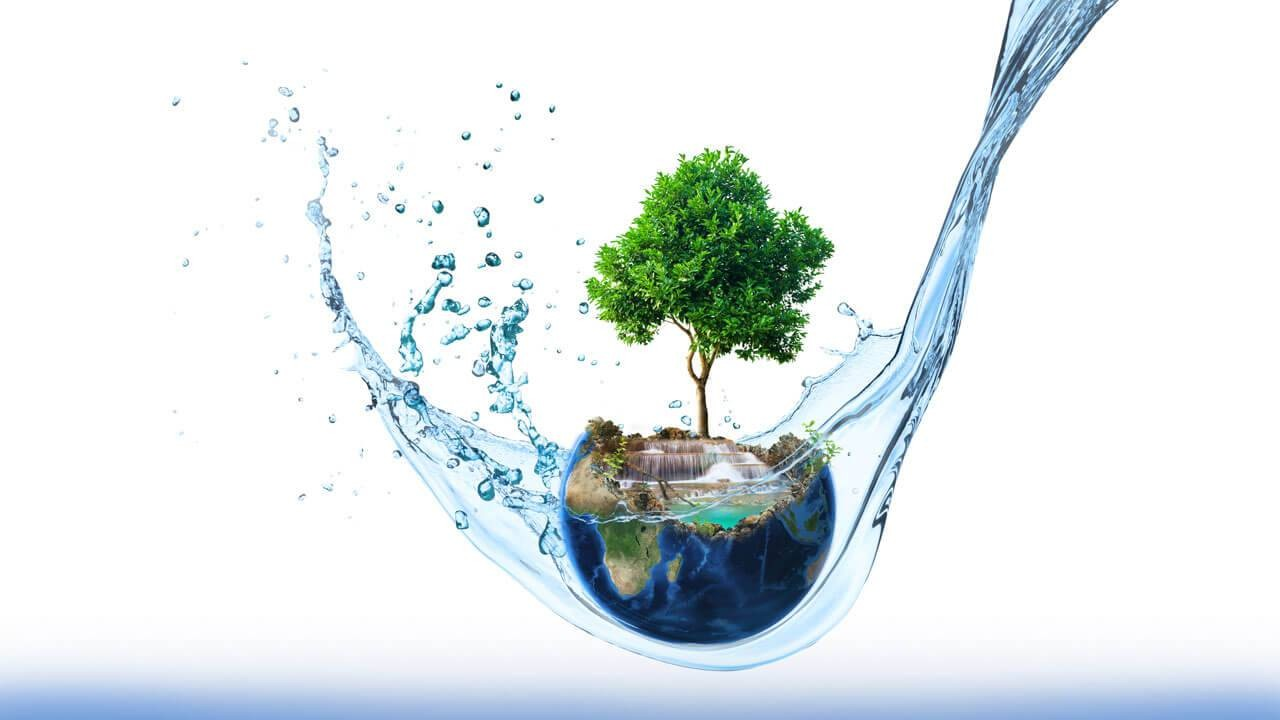Now Reading: The Shocking Truth About Aquifer Recharge Around the World 2025
-
01
The Shocking Truth About Aquifer Recharge Around the World 2025
The Shocking Truth About Aquifer Recharge Around the World 2025
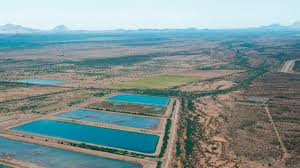
Table of Contents
As the global demand for freshwater continues to grow, understanding aquifer recharge time is becoming increasingly important. Aquifers, which are underground layers of water-bearing rock or sediment, supply water to billions of people worldwide. They provide drinking water, support agriculture, and help maintain ecosystems. However, the rate at which these aquifers refill or “recharge” is far slower than many people realize.
This slow recharge time poses a major threat to water security, especially in regions that rely heavily on groundwater for daily use. In this article, we’ll explore what aquifer recharge time really means, the factors that influence it, and what’s being done to manage it better.
What Is Aquifer Recharge Time?
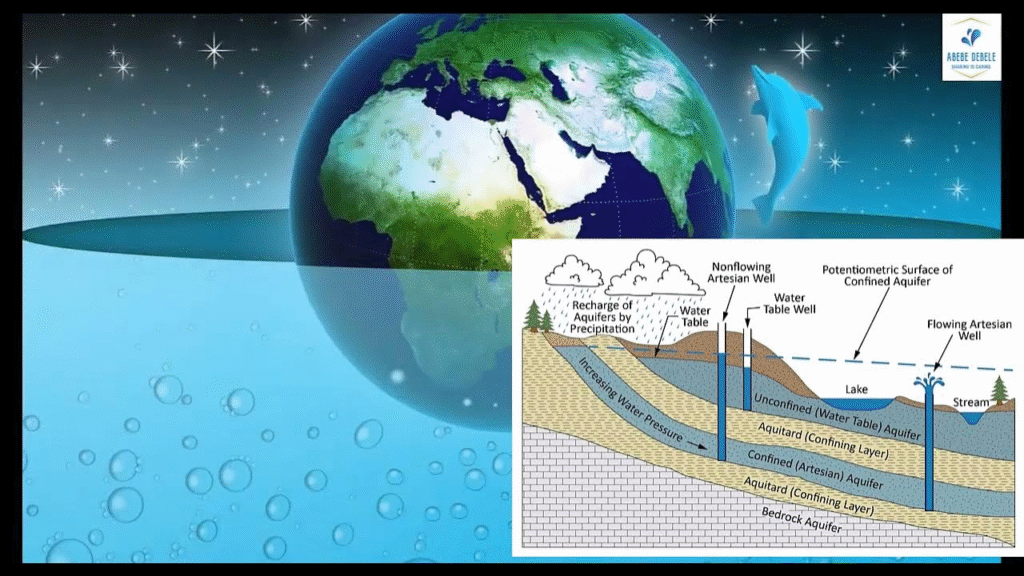
Aquifer recharge time is the period it takes for an aquifer to naturally refill with water. This happens when rainwater, river water, or melted snow seeps through the soil and into the underground water-bearing layers. The process is called “recharge” and it can take anywhere from a few days to thousands of years, depending on various environmental and geological factors.
Some aquifers, known as “confined aquifers,” are trapped between layers of impermeable rock and take much longer to recharge. Others, known as “unconfined aquifers,” are closer to the surface and recharge more quickly. Still, even unconfined aquifers may not refill fast enough to keep up with human usage.
Why Is Aquifer Recharge Time So Slow?
Several factors contribute to the slow recharge rate of aquifers:
- Climate and Rainfall: In dry or semi-arid regions, limited rainfall means less water is available to seep into the ground. Climate change is also making rainfall more unpredictable, disrupting natural recharge cycles.
- Soil Type: Sandy or porous soils allow water to percolate quickly. In contrast, clay-rich or compacted soils slow down the recharge process.
- Land Use: Urban areas covered with concrete or asphalt block water from entering the ground. Agricultural practices that strip the land of vegetation can also reduce natural infiltration.
- Depth of Aquifer: The deeper the aquifer, the longer it takes for water to reach it. Some deep aquifers were filled thousands of years ago and may take centuries to refill.
- Over-Pumping: Excessive extraction of groundwater faster than it can be replaced leads to long-term depletion. In many places, aquifers are being used as if they were endless reservoirs, which they are not.
Global Examples: Fast vs. Slow Recharge
Let’s take a look at a few examples from around the world to understand how recharge time varies:
- Ogallala Aquifer (USA): One of the largest aquifers in the world, the Ogallala supplies water to several U.S. states. However, its recharge time is extremely slow—estimated at just one inch per year in some areas—while farmers extract far more than that annually.
- North China Plain Aquifer (China): Due to intensive agricultural use and limited rainfall, this aquifer is rapidly shrinking. Recharge is limited by impermeable soil and surface development.
- Upper Ganges Aquifer (India): This aquifer recharges faster thanks to monsoon rains and permeable soil. Still, overuse has led to falling water levels.
- Coastal Aquifers (Middle East): In places like the UAE and Saudi Arabia, aquifers are recharged very slowly due to minimal rainfall and high evaporation rates. Some aquifers here are considered “fossil water” sources, meaning they may never naturally refill in human timeframes.
Why Aquifer Recharge Time Matters
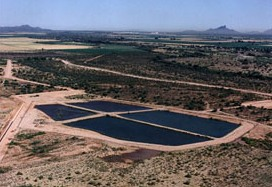
Aquifer recharge time is not just a scientific term; it’s a vital factor in water planning and sustainability. If we withdraw groundwater faster than it can be replenished, we risk:
- Land Subsidence: Over-pumped aquifers can cause the land above them to sink, damaging infrastructure and reducing the aquifer’s storage capacity.
- Saltwater Intrusion: In coastal areas, overuse of freshwater can allow saltwater to invade aquifers, making them unusable for drinking or farming.
- Water Shortages: When aquifers dry up, communities lose access to a crucial water source. This leads to higher costs, increased competition, and even conflict.
Can We Speed Up Aquifer Recharge?
The good news is that there are ways to improve aquifer recharge rates. Here are some strategies being used around the world:
- Artificial Recharge: In this method, water is directed into recharge wells or spreading basins to help it soak into the ground faster.
- Rainwater Harvesting: Collecting and storing rainwater in tanks or allowing it to seep into the soil helps restore groundwater levels.
- Managed Aquifer Recharge (MAR): This is a more advanced approach where excess stormwater or treated wastewater is injected into aquifers under controlled conditions.
- Green Infrastructure: Planting trees, using permeable pavements, and creating green spaces in urban areas can improve natural infiltration.
- Policy and Conservation: Governments can regulate groundwater usage, promote water-saving technologies, and educate the public on the importance of sustainable use.
What Can You Do?
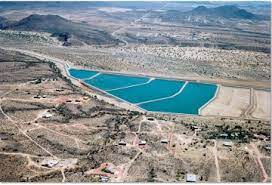
While governments and scientists play a key role, individuals and communities can also make a difference. Here’s how:
- Fix leaky taps and use water-efficient appliances
- Support local rainwater harvesting projects
- Avoid over-irrigation in gardening or farming
- Educate others about the importance of groundwater and aquifer recharge
The Future of Water Depends on Recharge
With growing populations, industrial demands, and the uncertain effects of climate change, protecting our aquifers is more important than ever. Aquifer recharge time reminds us that groundwater is a finite resource that must be carefully managed. We can’t afford to ignore it any longer.
By understanding the science behind aquifer recharge and supporting strategies to improve it, we can ensure that this vital water source continues to serve future generations.
Read More:- Shobha Realty Launches Its Most Luxurious Project Yet—Full Details Inside 2025



